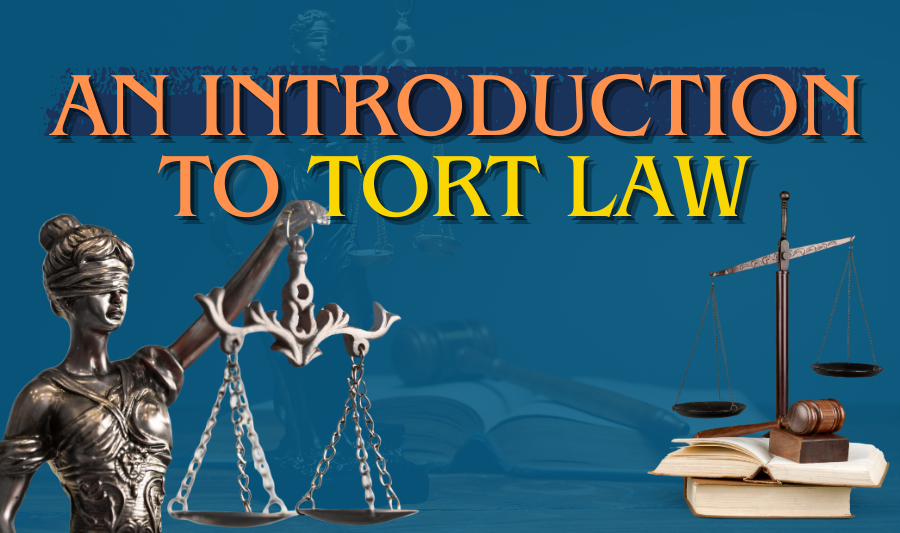Law of torts, a foundational pillar of the legal system addressing wrongs committed against individuals. It is derived from the Latin term “tortus” or French term “tortum” meaning wrong or twisted. Tort law provides a framework for seeking remedies when one person’s actions cause harm to another. This blog will unravel the basic principles of tort law:
Origins and Principles of Tort Law
Tort law, with roots tracing back to Roman law, has evolved through centuries, blending elements from various legal systems. It is a civil wrong that unfairly causes someone else to suffer loss or harm, leading to legal liability. The key principles guiding tort law include compensation for harm, deterrence of wrongful conduct, and the promotion of social justice.
English and Indian Perspectives of Tort Law
In England, tort law has matured over centuries through judicial decisions. A landmark case, Donoghue v. Stevenson, established the modern concept of negligence, emphasizing the duty of care one person owes to another. The doctrine of precedent, or stare decisis, plays a crucial role in shaping English tort law, ensuring consistency in legal decisions.
India, influenced by English common law, has embraced law of torts as an essential component of its legal framework. The Indian stance, however, incorporates cultural nuances and adapts to the socio-economic landscape. The Supreme Court of India has played a pivotal role in shaping tort law principles, aligning them with constitutional values and social justice.
Basic Torts and Remedies
1. Negligence: A cornerstone of tort law, negligence involves a failure to exercise reasonable care, leading to harm. Intention is not relevant for of causing negligence as a tort. Remedies for negligence include monetary compensation.
2. Nuisance: Nuisance occurs when one person’s use of their property interferes with another’s enjoyment of their property. The Latin maxim “sic utere tuo ut alienum non laedas” reflects the principle of using one’s property so as not to harm others.
3. Defamation: Defamation involves false statements that harm an individual’s reputation. Defamation can be claimed as a civil wrong, that is a tort, as well as a criminal offence.
4. Trespass: Trespass encompasses unauthorized interference with another person’s property. If an individual physically (e.g., light or smell doesn’t count) invades an owner’s real property or causes an object or a third party to invade it, they may be liable for trespass to land.
Remedies for Torts
Compensatory Damages: Monetary compensation to restore the plaintiff to the position they were in before the tort occurred.
Injunctions: Court orders preventing the defendant from continuing the harmful behavior.
Specific Performance: An order compelling the defendant to perform a specific action.
To learn more about law of torts, its definition, elements, and more, check out our YouTube video on ‘An Introduction to Law of Torts‘ and follow us for more informative content!







